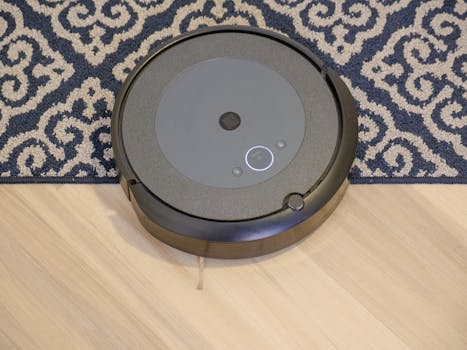
Smart Homes and Smart Living: The Technological Transformation of European Homes by 2025
Smart Homes and Smart Living are revolutionizing the way we live in European homes. The integration of technology into our daily lives is transforming the concept of a traditional home, making it more connected, efficient, and sustainable. As we approach 2025, it’s essential to explore the current state of smart homes in Europe, the benefits they offer, and the future developments that will shape the industry.
Current State of Smart Homes in Europe
The European smart home market is growing rapidly, driven by the increasing demand for energy efficiency, convenience, and security. According to a report by Statista, the number of smart homes in Europe is expected to reach 80 million by 2025, up from 24 million in 2020. The UK, Germany, and France are among the leading countries in terms of smart home adoption, with a high percentage of households already investing in smart devices.
Benefits of Smart Homes
Smart homes offer numerous benefits, including:
- Energy efficiency: Smart thermostats and lighting systems can learn a household’s schedule and preferences, optimizing energy consumption and reducing waste.
- Convenience: Voice assistants, such as Amazon Alexa and Google Assistant, can control various smart devices, making it easy to manage a household with simple voice commands.
- Security: Smart security systems, including doorbells with cameras and motion sensors, can alert homeowners to potential threats and provide peace of mind.
- Sustainability: Smart homes can be designed to be more environmentally friendly, with features such as solar panels, rainwater harvesting, and greywater reuse.
Future Developments in Smart Homes
As technology continues to advance, we can expect to see even more innovative features in smart homes. Some of the future developments that will shape the industry include:
- Artificial intelligence (AI): AI-powered smart home systems will learn a household’s habits and preferences, anticipating and adapting to their needs.
- Internet of Things (IoT): The integration of IoT devices will enable seamless communication between different smart devices, creating a more connected and efficient home.
- 5G connectivity: The rollout of 5G networks will provide faster and more reliable internet connectivity, enabling the widespread adoption of smart home devices.
- Voice-controlled homes: Voice assistants will become even more sophisticated, allowing homeowners to control every aspect of their smart home with simple voice commands.
Challenges and Limitations
While smart homes offer numerous benefits, there are also challenges and limitations to consider. Some of the key concerns include:
- Cost: Smart home devices and systems can be expensive, making them inaccessible to many households.
- Security: The increased connectivity of smart homes also raises concerns about data privacy and security.
- Interoperability: The lack of standardization in smart home devices can make it difficult to integrate different systems and devices.
- Energy consumption: While smart homes can be more energy-efficient, some devices can also consume more energy than traditional alternatives.
Conclusion
Smart Homes and Smart Living are transforming the way we live in European homes. As we approach 2025, it’s essential to consider the current state of smart homes, the benefits they offer, and the future developments that will shape the industry. While there are challenges and limitations to consider, the potential benefits of smart homes make them an exciting and innovative solution for the future of living.






